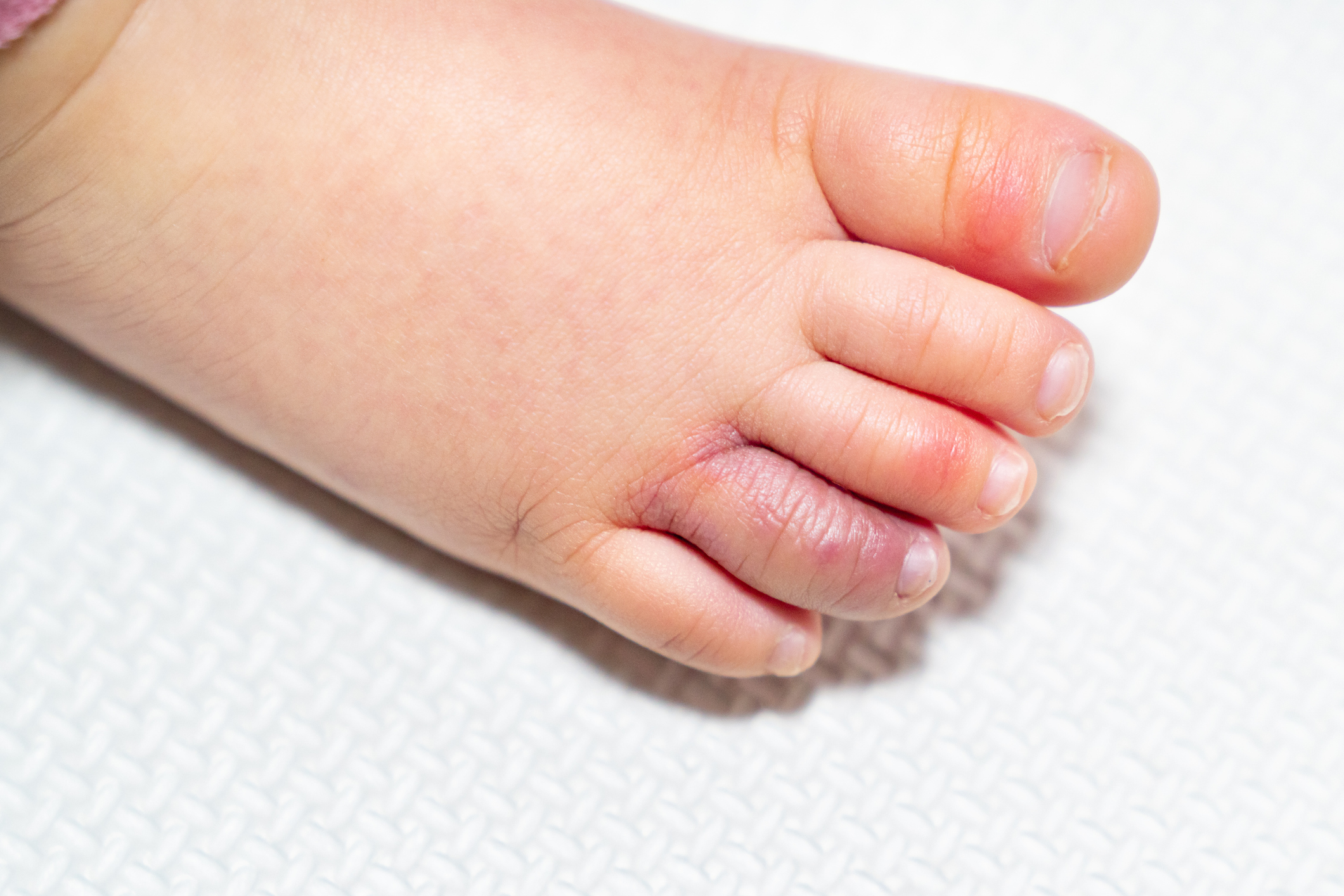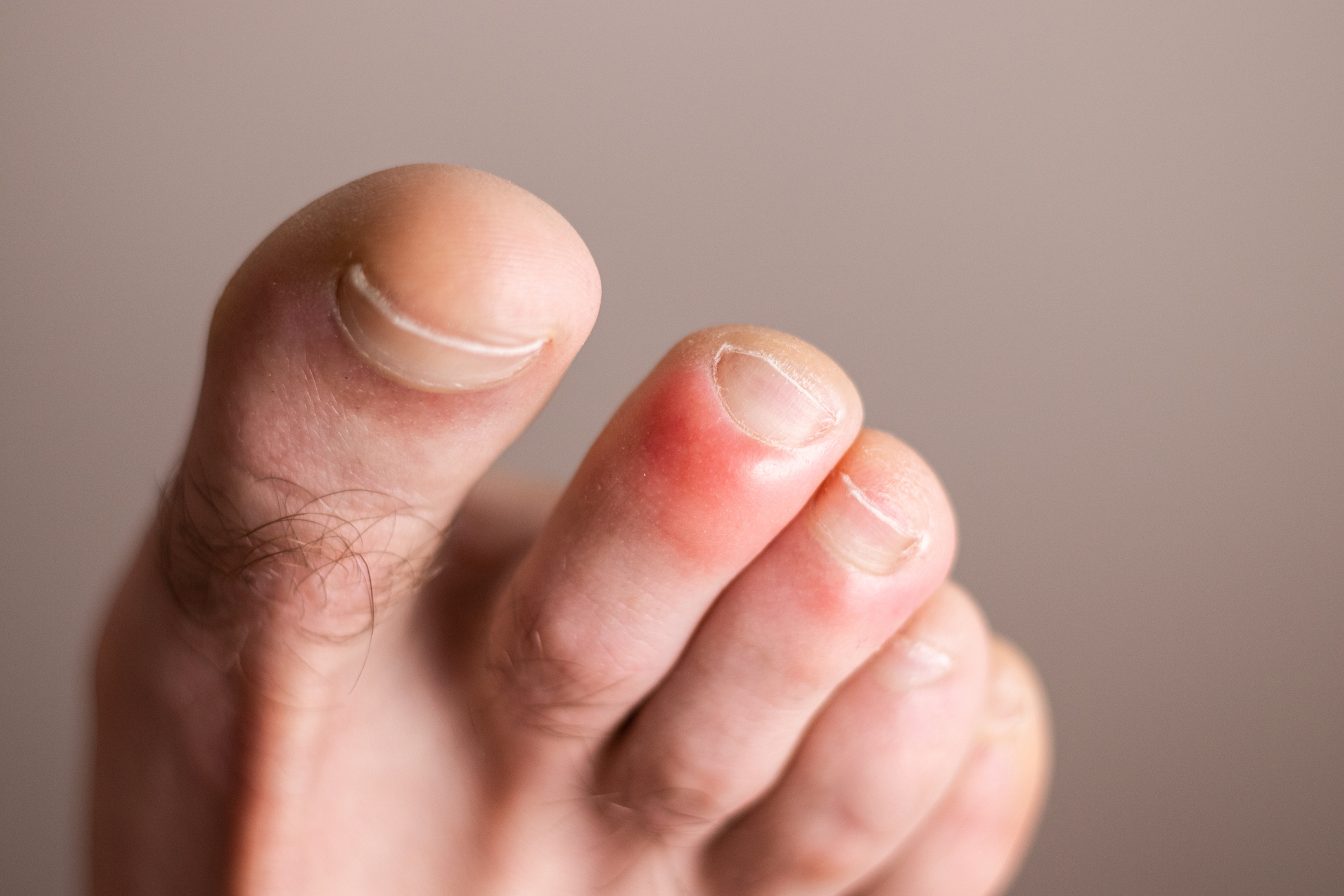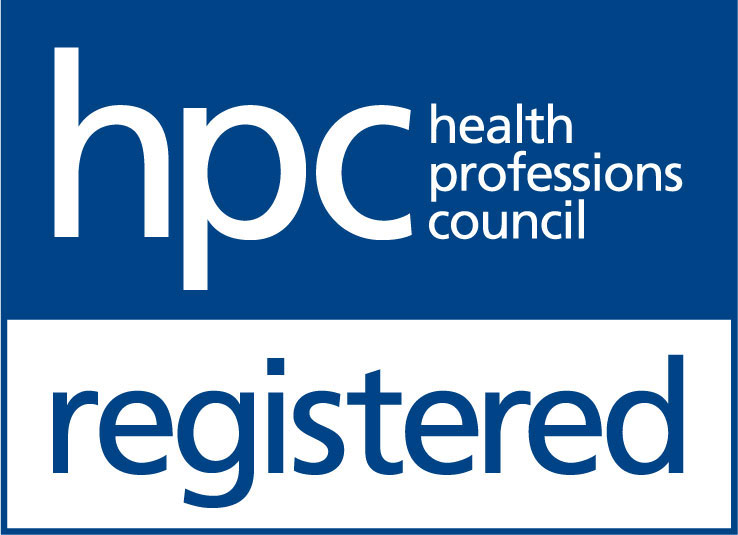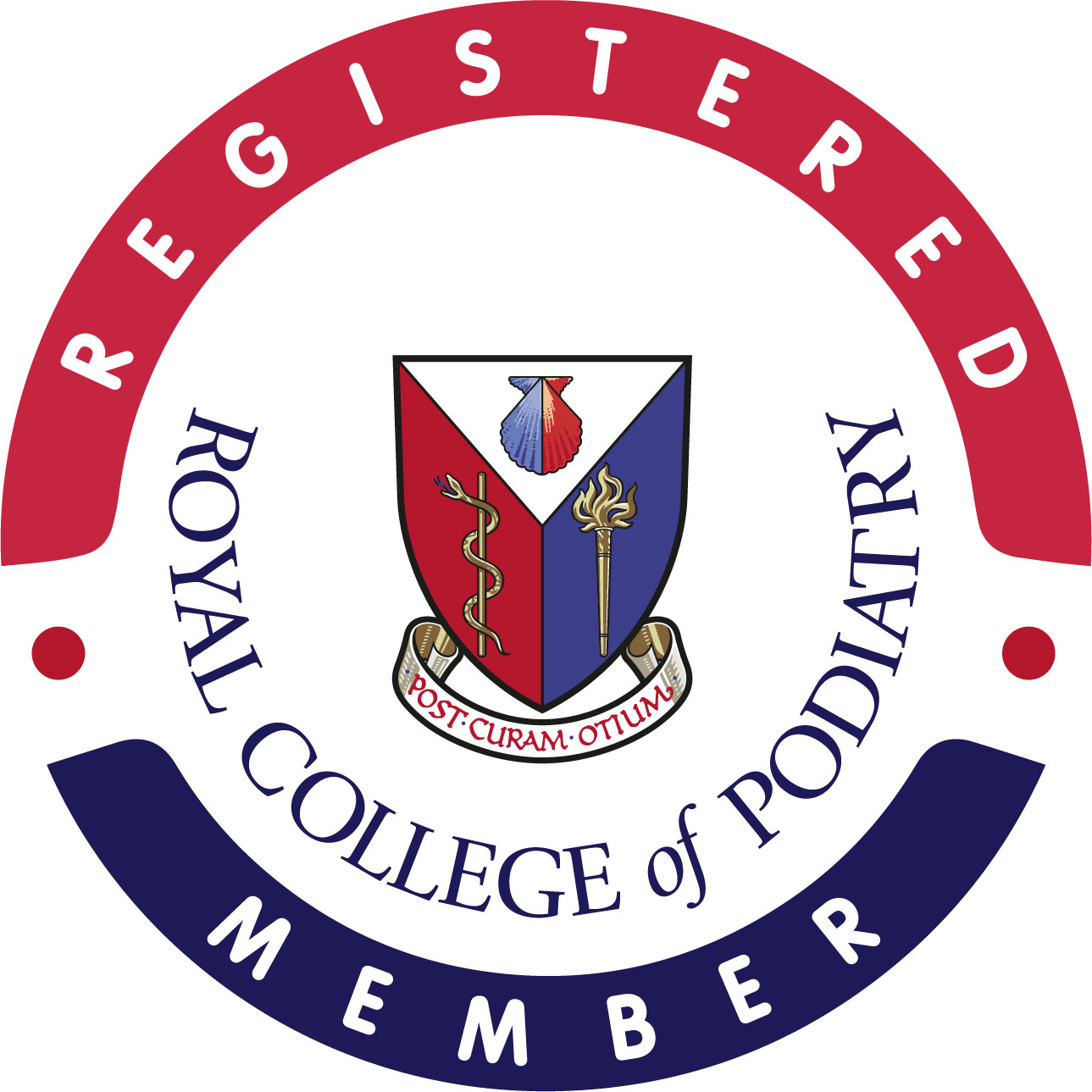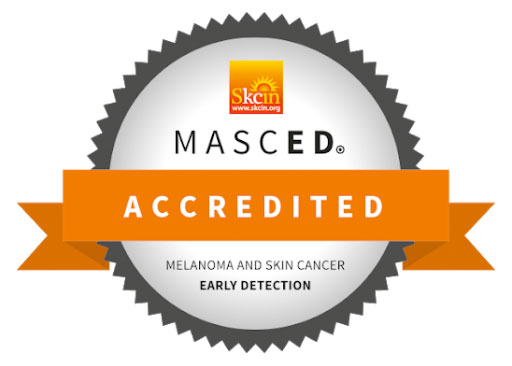Tailored advice and therapy to reduce your chilblains
Chilblains themselves are generally not serious but they can get painful and affect your daily life. Complications may arise if the condition is not properly managed. In severe cases, open sores may develop, increasing the risk of infection. If you notice any signs of infection, or if the chilblains are causing persistent discomfort, contact us as soon as possible for an appointment.
Book an appointment


